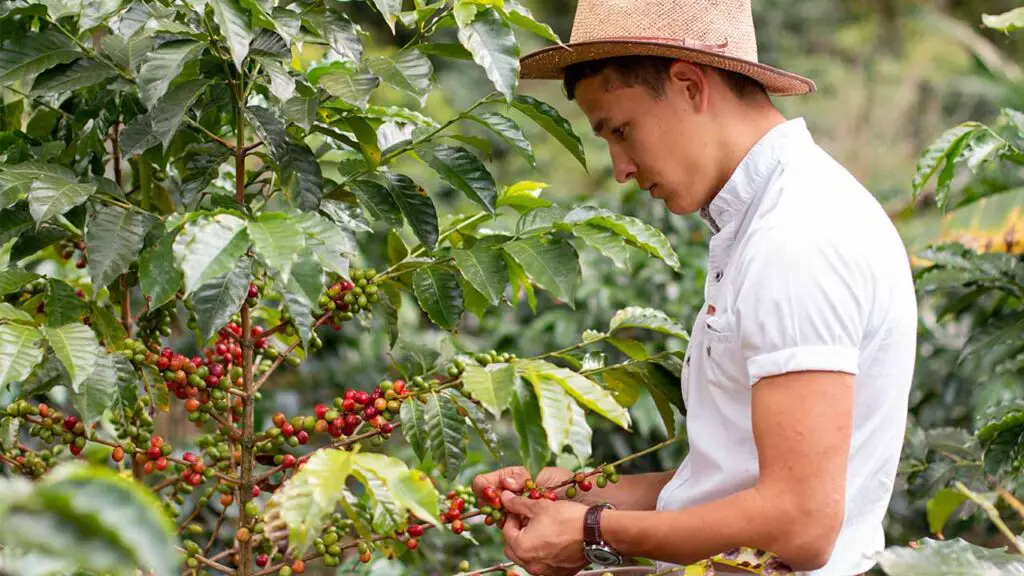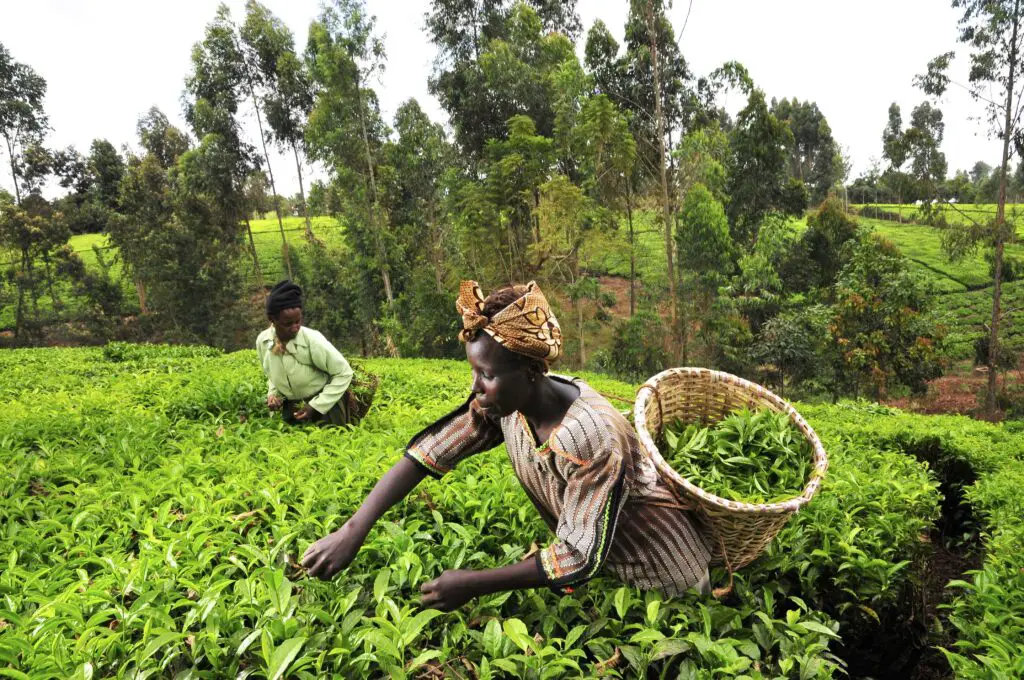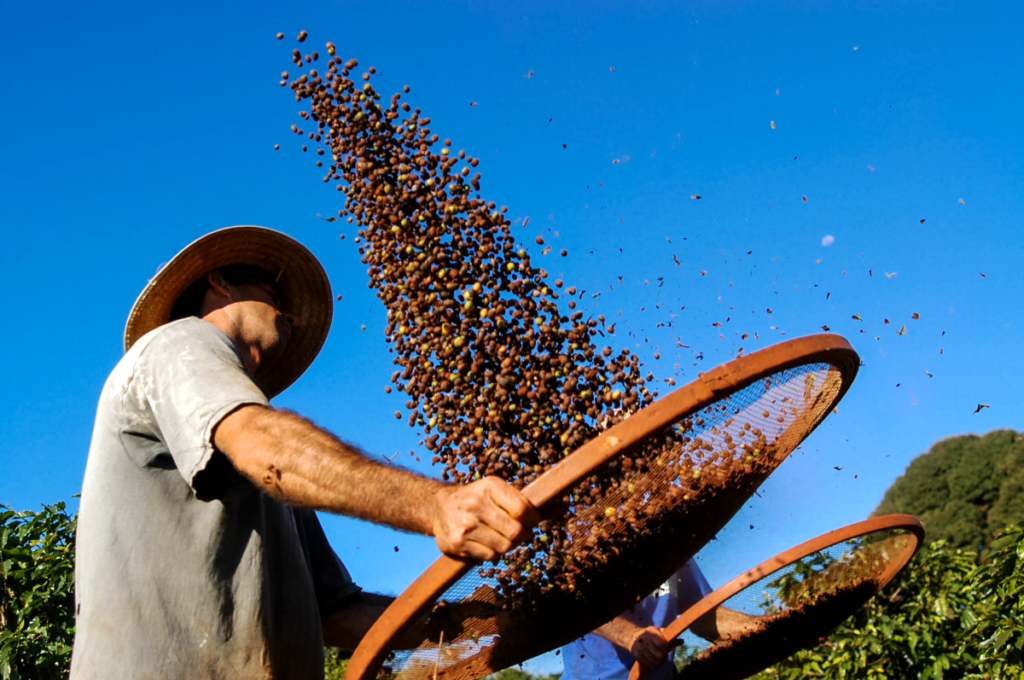Introduction
Coffee is one of the world’s most beloved beverages, but have you ever wondered about the journey it takes before it reaches your cup? Let’s take a stroll through a typical day in the life of a coffee farmer.

Morning Routine
Our day begins before the sun has even risen. Coffee farmers are early risers, often waking up before dawn to start their work. The first task of the day is to check on the coffee plants. Farmers carefully inspect the leaves for any signs of disease or pest infestation. Healthy plants mean a good harvest, so this step is crucial.
Tending to the Plants
Once the health check is complete, it’s time to get to work tending to the coffee plants. This might involve pruning, weeding, or applying fertilizers. Coffee plants require a lot of care to ensure they produce high-quality beans, so this part of the day can be quite labor-intensive.
Harvesting
One of the most exciting times of the year for a coffee farmer is harvest season. Depending on the region, this can happen once or twice a year. During harvest, farmers carefully pick the ripe coffee cherries by hand. It’s delicate work, as only the ripe cherries should be harvested to ensure the best flavor.
Processing
After the cherries are picked, they need to be processed to extract the coffee beans. There are two main methods of processing: wet and dry. In the wet method, the cherries are pulped to remove the outer skin, while in the dry method, they are simply dried in the sun. Each method produces a slightly different flavor profile, so farmers often choose based on their preferences and the local climate.

Sorting and Grading
Once the beans are processed, they need to be sorted and graded. This involves removing any defective beans and separating the beans by size and quality. The highest quality beans will fetch the best price on the market, so this step is crucial for farmers looking to maximize their profits.
Selling
Once the beans are sorted and graded, it’s time to sell them. This might involve selling directly to local buyers or through a cooperative or middleman. The coffee market can be volatile, so farmers often have to keep a close eye on prices and negotiate carefully to get the best deal.
Wrapping Up
As the sun sets, our day on the coffee farm comes to a close. But for the coffee farmer, the work never truly stops. Tomorrow, they’ll be back at it again, tending to their plants and ensuring that the world has a steady supply of delicious coffee.
post-Harvest Activities
After the beans are sold, there are still tasks to be done on the farm. Farmers might use this time to repair equipment, maintain the plantation, or plan for the next harvest. It’s a never-ending cycle of work, but for those who love coffee farming, it’s a labor of love.

Community Involvement
Coffee farming is often a community affair, with neighbors coming together to help out during busy times like harvest season. Farmers may also be involved in local cooperatives or associations, where they can share knowledge and resources with their fellow coffee growers.
Environmental Considerations
Many coffee farmers are also stewards of the environment, practicing sustainable farming methods to protect the land for future generations. This might involve planting shade trees to protect the coffee plants or using organic fertilizers to reduce chemical runoff.
Conclusion
Being a coffee farmer is no easy task, but it’s a labor of love for those who are passionate about their craft. From the early mornings in the fields to the careful processing and sorting of the beans, every step of the process requires skill and dedication. So the next time you sip your morning coffee, take a moment to appreciate the hard work that went into producing it.